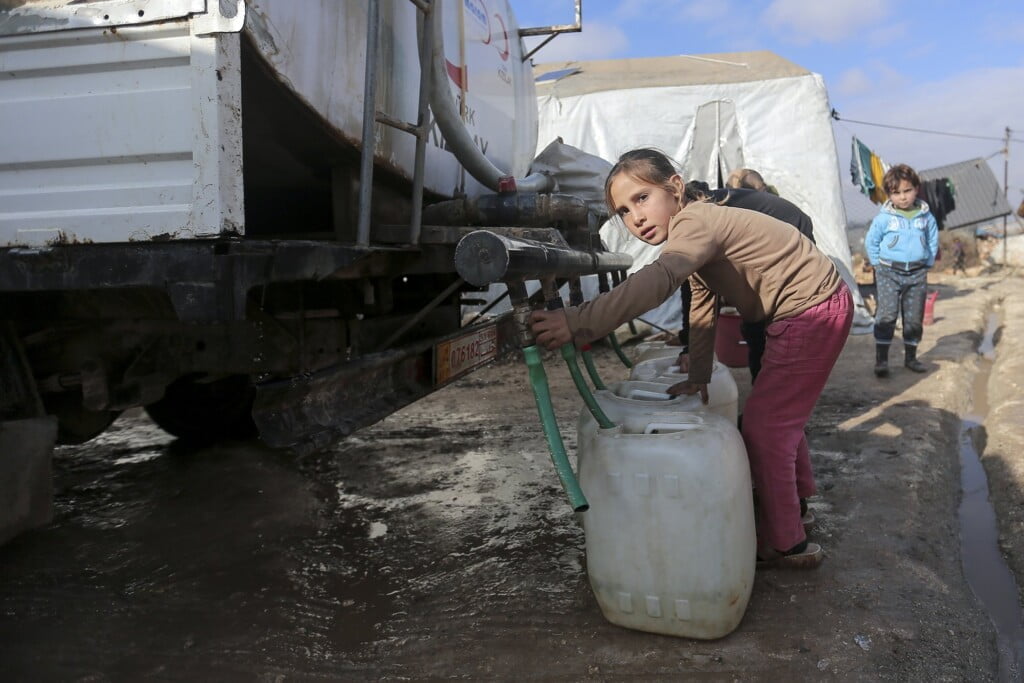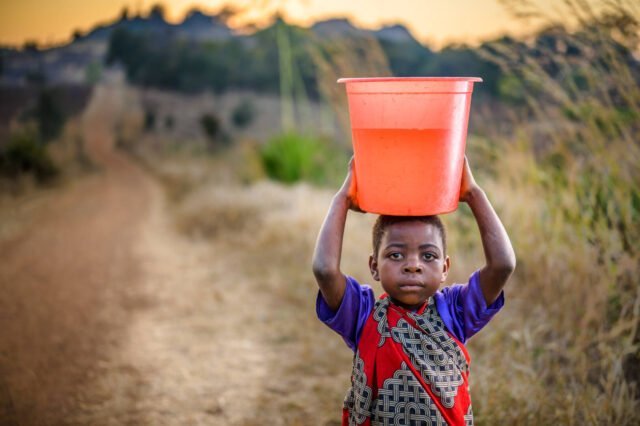According to the United Nations Children’s Fund (UNICEF), this means that 1 out of 5 children in the world do not have enough water to use for their daily needs. According to a new UNICEF report, children in more than 80 countries are living in areas at high or extremely high risk of water damage.

East and South Africa have the highest proportion of children living in areas at risk of water damage with more than half of all children (58%) having difficulty accessing enough water every day. It is followed by West and Central Africa (31%), South Asia (25%) and the Middle East (23%). South Asia is home to the largest number of children with water shortages, with more than 155 million living in areas at high or extremely high risk of water damage.
The report identifies 37 “hot spot” countries, where children face particularly severe shortages of clean water and need urgent assistance. The list includes Afghanistan, Burkina Faso, Ethiopia, Haiti, Kenya, Niger, Nigeria, Pakistan, Papua New Guinea, Sudan, Tanzania and Yemen.

UNICEF Executive Director Henrietta Fore said in a press release: “The world water crisis has been and is happening and climate change will make it worse. Children are the most disadvantaged. When the well runs out, children have to drop out of school to get water. When a drought occurs, food supplies decline, children become malnourished and stunted. When floods happen, children get sick easily because the water source is not hygienic. And when the amount of water decreases, children cannot clean their hands to fight disease. “
The new report is part of UNICEF’s “Water Security for All” initiative to ensure every child has access to climate-resilient and sustainable water services. Initiatives aimed at mobilizing resources, promoting connectivity, innovation, and a global response in water shortage hotspots have been identified.
Ms. Fore said: “We must act now to address the water crisis and prevent it from worsening. We can only achieve water security for every child through innovation, investment and cooperation. And by ensuring services are sustainable and resilient to climate shocks. For children and the planet, we must act. “

